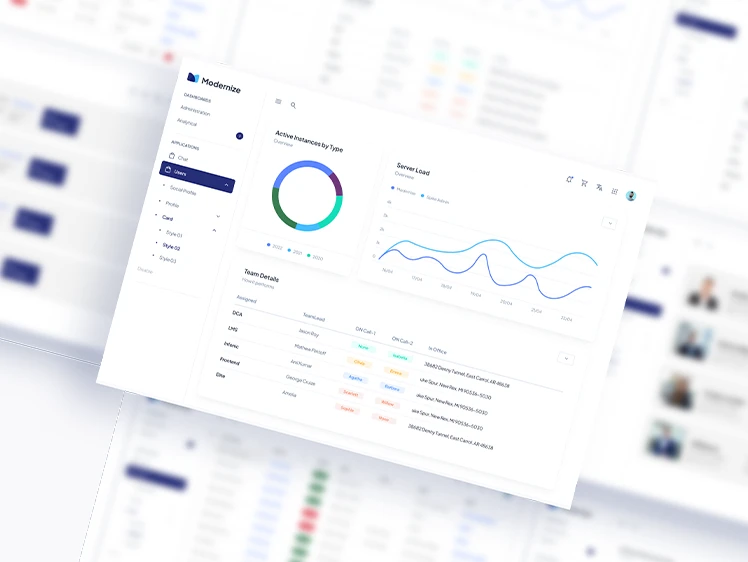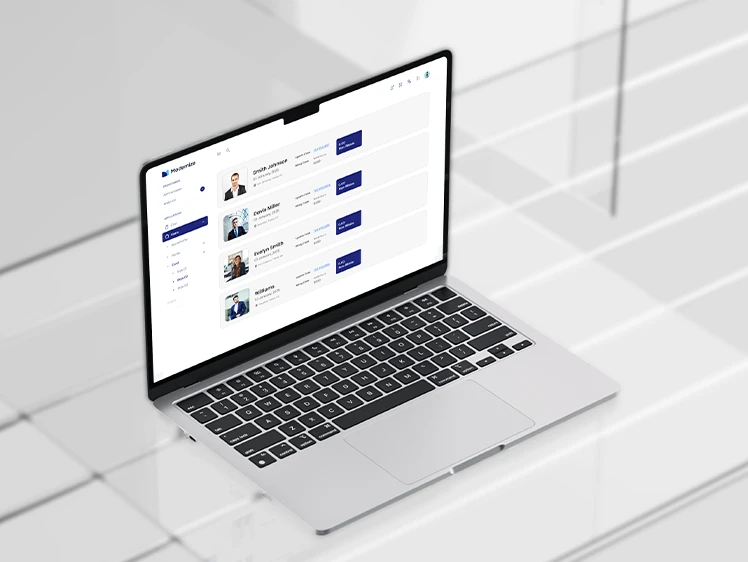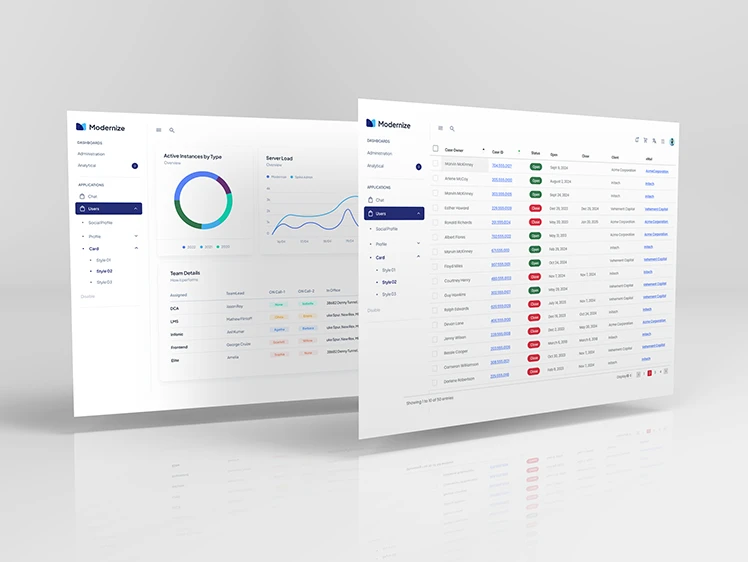Seamless Migration from Core PHP to Laravel - Surekha Technologies
Struggling with your project?
DXP | ERP | E-Commerce | AI-ML | DevOps | Bespoke Solutions
Trusted By
Software Product Modernization for a Leading DBA Service Provider

By migrating from legacy PHP based software to Laravel, we helped customer to achieve performance optimization and reduction of operations overhead.
A prominent DBA service provider in the USA, offering a diverse range of services across various industries, including airlines, banking, biotechnology, communications, entertainment, finance, government, healthcare, insurance, manufacturing, media, pharmaceuticals, technology, and transportation.
Project Brief
A company has a legacy core PHP application built using custom frameworks and libraries. The application has become difficult to maintain, lacks modern features, and is not scalable. The team decides to migrate to Laravel to leverage its robust features and MVC architecture.
Business Needs & Challenges
The existing Core PHP application lacks a structured framework, leading to inconsistent coding practices and frequent maintenance difficulties. Debugging is time-consuming due to the absence of standardized error handling and logging. Additionally, performance issues and the lack of caching make scaling the platform challenging.
The platform suffers from an outdated and unresponsive UI, creating a poor experience on mobile and tablets. Inconsistent design elements and the absence of reusable front-end components make development inefficient and time-consuming.
The legacy system is outdated and struggles to meet modern application standards. Key challenges include redesigning the application, mapping old functionalities to a new structure, and ensuring compatibility with third-party integrations.
With no structured error-handling system in place, tracking and debugging failures is inefficient. Errors are not consistently logged, making issue resolution slow and unreliable.
The system experiences slow response times due to inefficient database queries and a lack of caching mechanisms. Performance bottlenecks limit its ability to handle high traffic and growing data volumes.
The application is exposed to security risks, including CSRF, SQL injection, and cross-site scripting (XSS), due to inadequate security controls. Weak authentication and authorization mechanisms further compromise data protection.
The legacy codebase requires frequent fixes and workarounds, leading to high maintenance costs and longer development cycles for new features.
Technology Stack & Tools
Implementation Overview
Business Impacts
The migration resulted in a 99.9% uptime, significantly reducing downtime-related disruptions. With structured error handling and logging, issue resolution time improved by 50%, making debugging and maintenance more efficient.
Page load times were reduced by 60%, leading to a smoother user experience and improved engagement. Additionally, database query execution time improved by 40% through ORM optimization and caching, ensuring faster data retrieval and processing.
The optimized architecture now supports 3x more concurrent users without performance degradation. System throughput increased by 50%, allowing the platform to handle a higher volume of requests efficiently.
Security enhancements ensured better compliance with best practices, eliminating vulnerabilities like CSRF, SQL injection, and XSS.
With a modular architecture and reusable components, development time was reduced by 30%. Automated CI/CD pipelines streamlined the release process, resulting in 50% faster deployment cycles and quicker feature rollouts.
Mobile responsiveness increased by 80%, providing a better experience for users across devices. This led to a 70% reduction in user complaints, reflecting enhanced accessibility, usability, and overall satisfaction.
Through optimized resource allocation, infrastructure costs were lowered by 25%. Additionally, structured code management led to a 40% reduction in maintenance overhead, cutting down long-term operational expenses.


